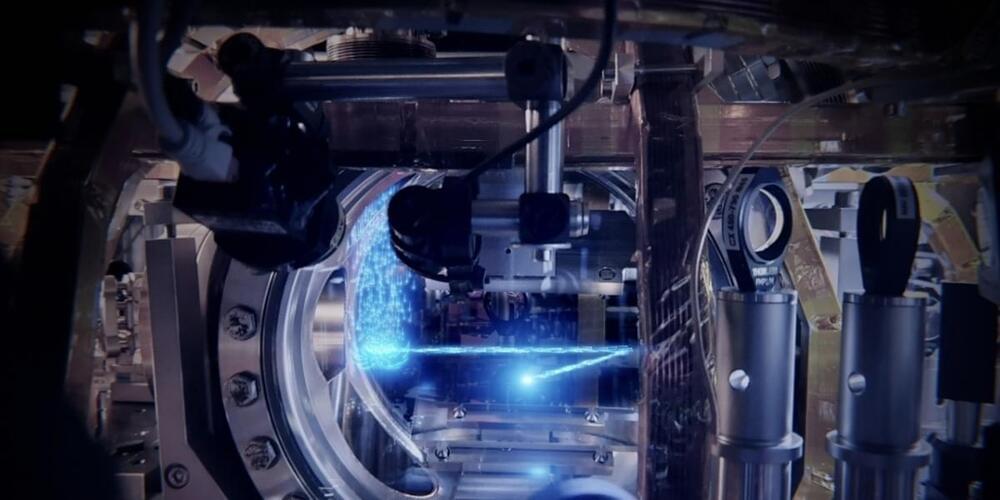Two atom-thick layers of the same crystalline material can be stacked on top of each other in ways that yield ferroelectricity.




Researchers have designed a 3D-patterned, graphene.
Graphene is an allotrope of carbon in the form of a single layer of atoms in a two-dimensional hexagonal lattice in which one atom forms each vertex. It is the basic structural element of other allotropes of carbon, including graphite, charcoal, carbon nanotubes, and fullerenes. In proportion to its thickness, it is about 100 times stronger than the strongest steel.

Earth’s magnetic field does more than keep everyone’s compass needles pointed in the same direction. It also helps preserve Earth’s sliver of life-sustaining atmosphere by deflecting high energy particles and plasma regularly blasted out of the sun. Researchers have now identified a prospective Earth-sized planet in another solar system as a prime candidate for also having a magnetic field—YZ Ceti b, a rocky planet orbiting a star about 12 light-years away from Earth.
Researchers Sebastian Pineda and Jackie Villadsen observed a repeating radio signal emanating from the star YZ Ceti using the Karl G. Jansky Very Large Array, a radio telescope operated by the U.S. National Science Foundation’s National Radio Astronomy Observatory. Research by Pineda and Villadsen to understand the magnetic field interactions between distant stars and their orbiting planets is supported by NSF. Their research was published today (April 3) in the journal Nature Astronomy.
“The search for potentially habitable or life-bearing worlds in other solar systems depends in part on being able to determine if rocky, Earth-like exoplanets actually have magnetic fields,” says NSF’s Joe Pesce, program director for the National Radio Astronomy Observatory. “This research shows not only that this particular rocky exoplanet likely has a magnetic field but provides a promising method to find more.”

Imperial physicists have recreated the famous double-slit experiment, which showed light behaving as particles and a wave, in time rather than space.
The experiment relies on materials that can change their optical properties in fractions of a second, which could be used in new technologies or to explore fundamental questions in physics.
The original double-slit experiment, performed in 1,801 by Thomas Young at the Royal Institution, showed that light acts as a wave. Further experiments, however, showed that light actually behaves as both a wave and as particles—revealing its quantum nature.

An experiment that probed particles called gluons, which contain most of the mass of a proton, has revealed that a proton’s radius alters depending on whether you look at the particle’s charge or mass.
By Alex Wilkins
😗😁
New experiments can re-create the young cosmos, when it was a mash of fundamental particles, more precisely than ever before.



Scientists at Oak Ridge National Laboratory attempted to observe dark matter in a brightly-lit hallway in the basement using the sensitivity of their neutrino detectors. Neutrino Alley, where the team works, is located beneath the Spallation Neutron Source, a powerful particle accelerator. Following up on years of theoretical calculation, the COHERENT team set out to observe dark matter, which is believed to make up to 85% of the mass of the Universe. The experiment allowed the team to extend the worldwide search for dark matter in a new way, and they are planning to receive a much larger and more sensitive detector to improve their chances of catching dark matter particles.
Few things carry the same aura of mystery as dark matter. The name itself radiates secrecy, suggesting something hidden in the shadows of the Universe.
A collaborative team of scientists called COHERENT, including Kate Scholberg, Arts & Sciences Distinguished Professor of Physics, Phillip Barbeau, associate professor of Physics, and postdoctoral scholar Daniel Pershey, attempted to bring dark matter out of the shadows of the Universe and into a slightly less glamorous destination: a brightly lit, narrow hallway in a basement.